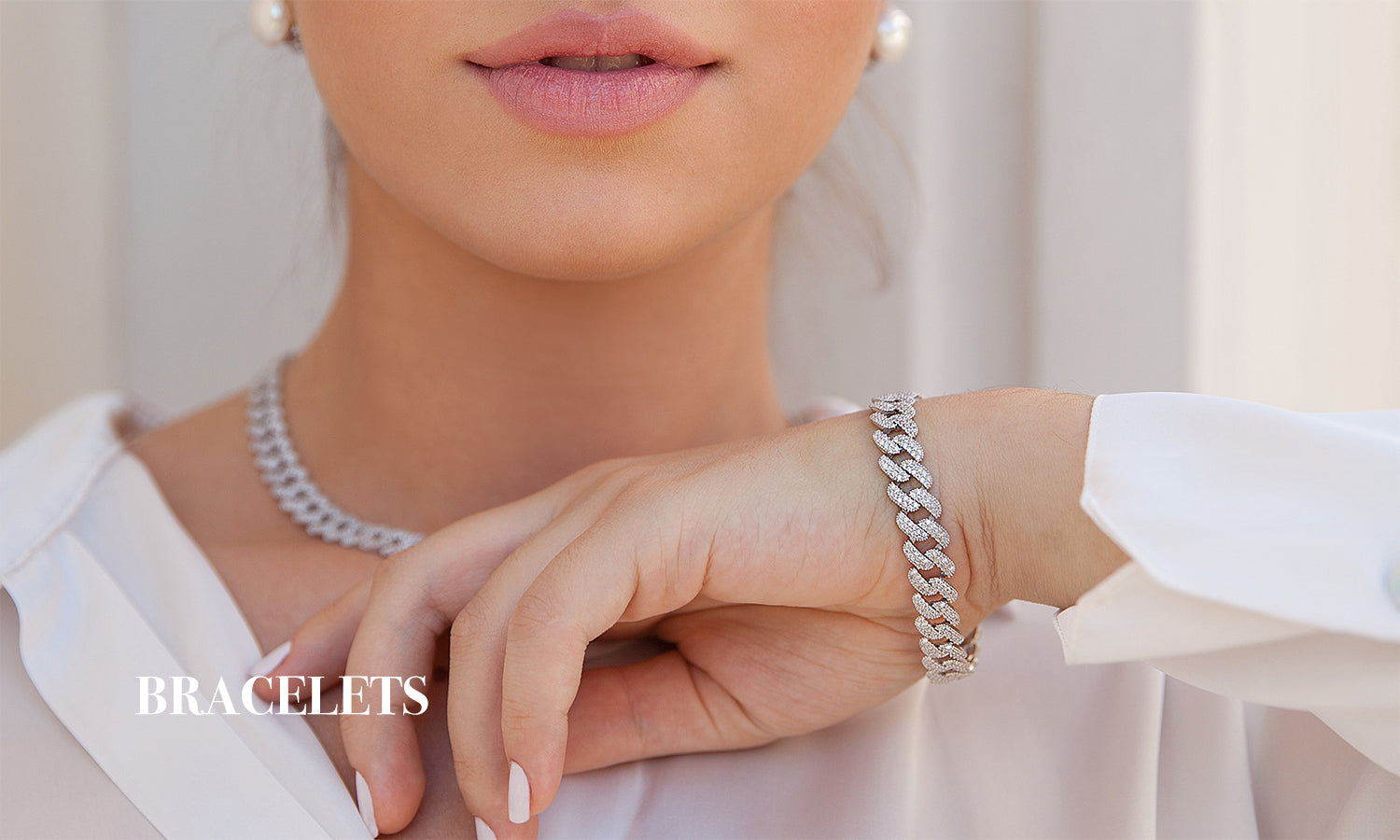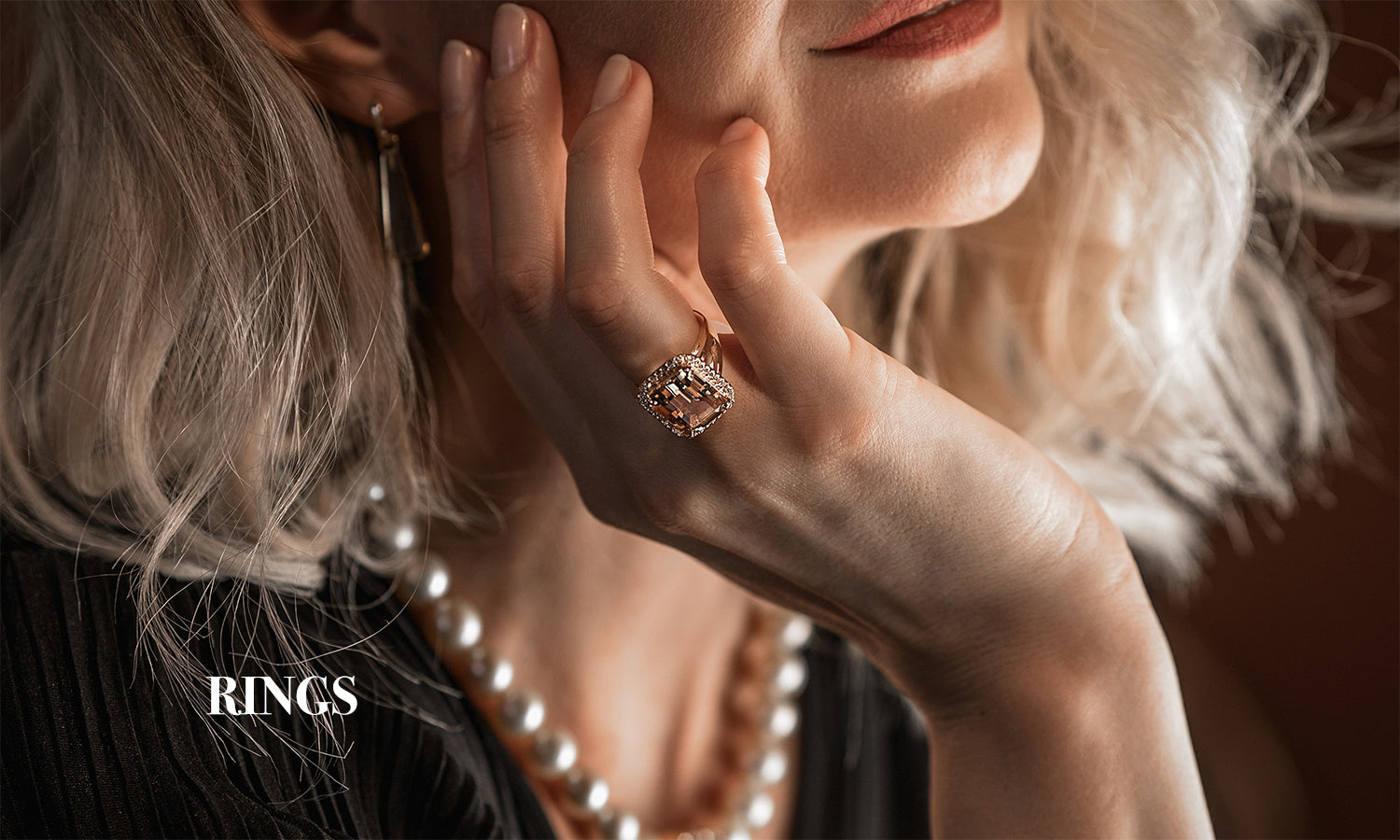In recent years, the diamond industry has experienced a remarkable transformation with the advent of lab grown diamonds. These gems, created in controlled laboratory environments, are virtually identical to their mined counterparts, yet offer numerous advantages that are reshaping the landscape of diamond jewelry. This article explores the latest news and trends in lab grown diamond jewelry, highlighting why these dazzling stones are gaining popularity among consumers and industry professionals alike.
|
Aspect |
Lab Grown Diamonds |
Natural Diamonds |
|
Environmental Impact |
Lower ecological disruption, less waste |
Significant ecological impact, habitat destruction |
|
Ethical Considerations |
Free from conflict, no child labor, ethical sourcing |
Potential issues with conflict diamonds and unethical labor |
|
Cost |
More affordable, cost-effective |
Generally more expensive |
|
Quality |
High quality, fewer flaws and inclusions |
Variable quality, may contain natural flaws |
|
Variety |
Wide range of sizes, shapes, and colors available |
Limited by natural availability |
|
Popularity |
Increasing, endorsed by celebrities, popular in bridal and fashion jewelry |
Traditional choice, longstanding reputation |
|
Retail Availability |
Expanding presence in major retailers |
Widely available |
|
Future Outlook |
Positive growth, driven by sustainability and ethics |
Stable demand, potential challenges with ethical sourcing |
What Are Lab Grown Diamonds?

Lab grown diamonds, also known as synthetic or cultured diamonds, are created using advanced technological processes that replicate the conditions under which natural diamonds form. The two primary methods for producing these diamonds are High Pressure High Temperature (HPHT) and Chemical Vapor Deposition (CVD). Both techniques result in diamonds that possess the same physical, chemical, and optical properties as natural diamonds.
Benefits of Lab Grown Diamonds

1. Environmental Sustainability
One of the most significant advantages of lab grown diamonds is their reduced environmental impact. Traditional diamond mining is associated with significant ecological disruption, including habitat destruction, water pollution, and soil erosion. In contrast, lab grown diamonds require fewer natural resources and generate less waste, making them a more sustainable choice.
2. Ethical Sourcing
Lab grown diamonds eliminate many of the ethical concerns associated with mined diamonds. Issues such as child labor, worker exploitation, and conflict diamonds (diamonds that fund armed conflict) are virtually nonexistent in the production of lab grown diamonds. Consumers can purchase these gems with confidence, knowing they are supporting a more ethical industry.
3. Cost-Effectiveness
Lab grown diamonds are typically more affordable than their mined counterparts. This cost advantage allows consumers to purchase larger or higher-quality stones for the same price, making diamond jewelry more accessible to a broader audience.
4. Quality and Variety
Advancements in technology have enabled the production of lab grown diamonds in a wide range of sizes, shapes, and colors. Whether one is looking for a classic white diamond or a unique colored gem, the options are abundant. Additionally, lab grown diamonds often exhibit fewer flaws and inclusions, resulting in stones of exceptional quality.
Latest Trends in Lab Grown Diamond Jewelry

1. Celebrity Endorsements
The popularity of lab grown diamonds has been boosted by endorsements from high-profile celebrities and influencers. Stars like Meghan Markle, Emma Watson, and Leonardo DiCaprio have publicly supported lab grown diamonds, bringing them into the spotlight and encouraging more consumers to consider these eco-friendly alternatives.
2. Bridal Jewelry
Lab grown diamonds are becoming increasingly popular in bridal jewelry, including engagement rings and wedding bands. Couples are drawn to the idea of starting their new lives together with a symbol of love that aligns with their values of sustainability and ethics.
3. Fashion Forward Designs
Designers are embracing the versatility of lab grown diamonds to create innovative and fashion-forward jewelry pieces. From statement earrings to intricate necklaces, lab grown diamonds are being used in a variety of styles that appeal to modern tastes.
4. Retail Expansion
Major jewelry retailers are expanding their collections to include lab grown diamonds. Brands such as Pandora, Tiffany & Co., and De Beers have introduced lab grown diamond lines, reflecting the growing demand and acceptance of these stones in the mainstream market.
The Future of Lab Grown Diamond Jewelry

The future looks bright for lab grown diamond jewelry. As technology continues to advance, the production of these diamonds is expected to become even more efficient and cost-effective. This will likely lead to further reductions in price and an increase in availability, making lab grown diamonds an even more attractive option for consumers.
Moreover, the ongoing shift towards sustainable and ethical consumerism is likely to drive continued growth in the lab grown diamond sector. As more people become aware of the environmental and ethical benefits of lab grown diamonds, demand is expected to rise, encouraging more jewelers to incorporate these stones into their collections.
Conclusion
lab grown diamonds are not just a passing trend; they represent a significant and positive change in the diamond industry. With their myriad benefits and increasing popularity, lab grown diamonds are set to shine even brighter in the years to come, offering a brilliant alternative to traditional diamonds for those seeking beauty, quality, and ethical integrity in their jewelry choices.





